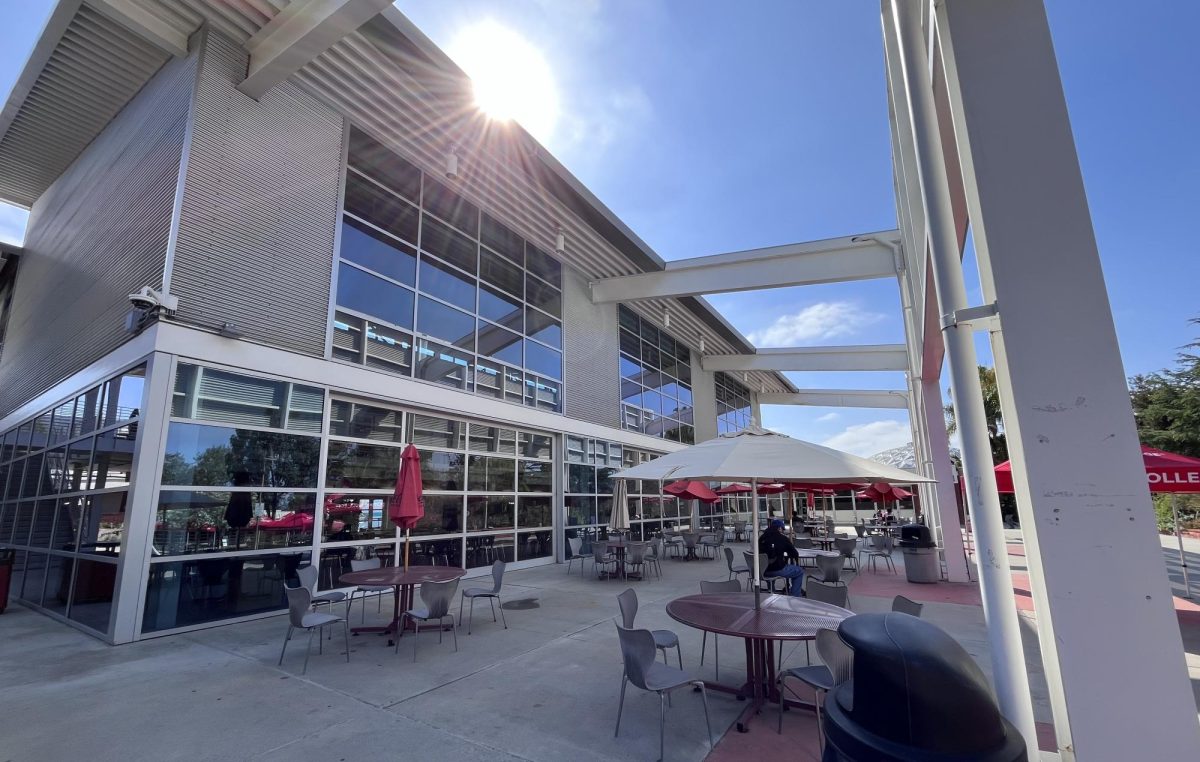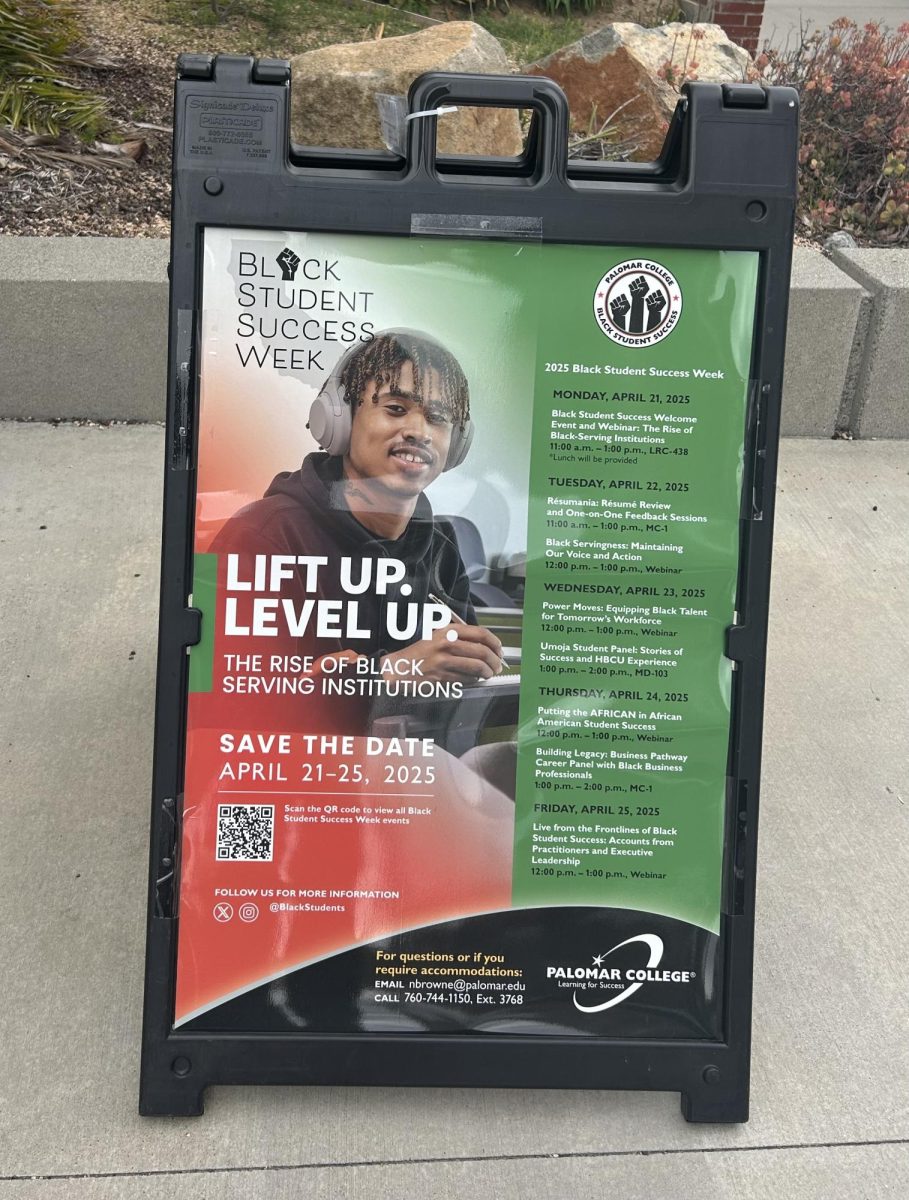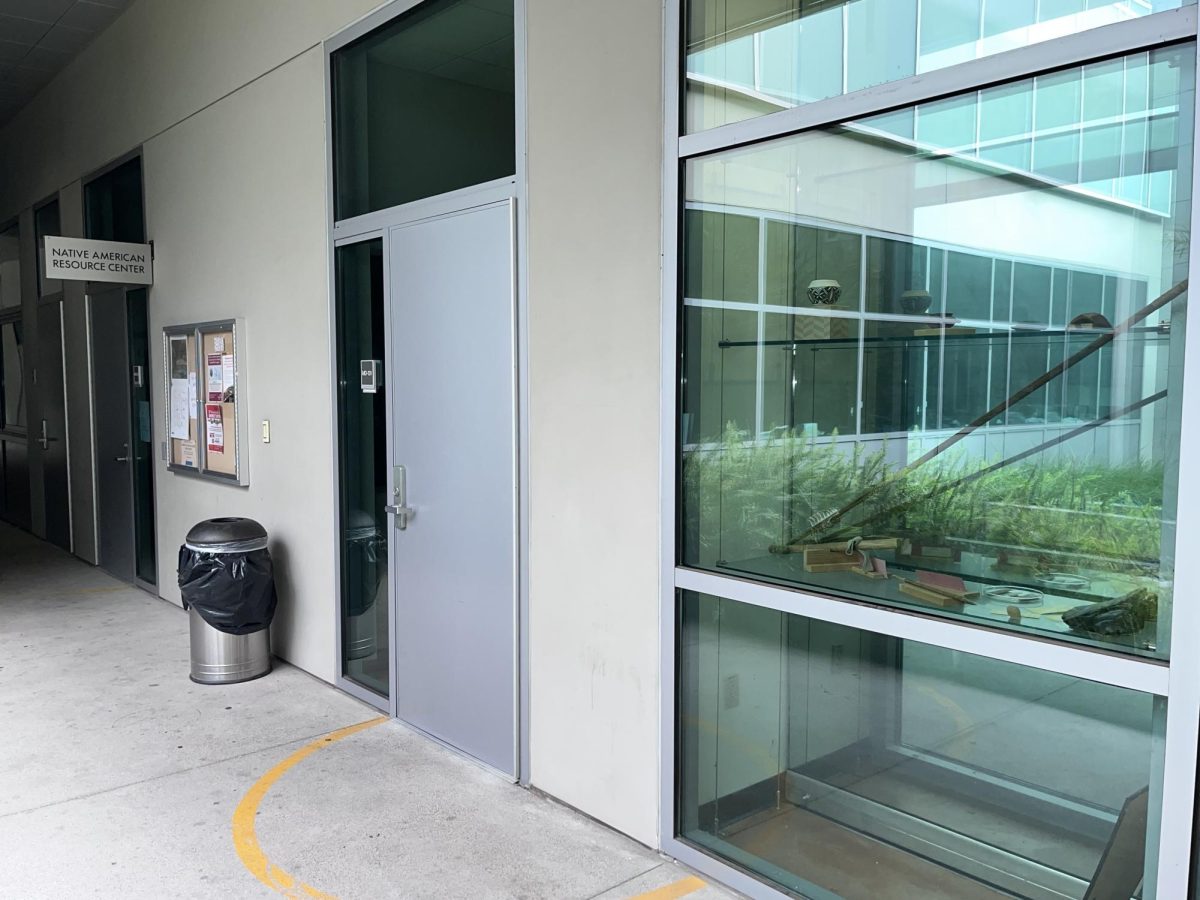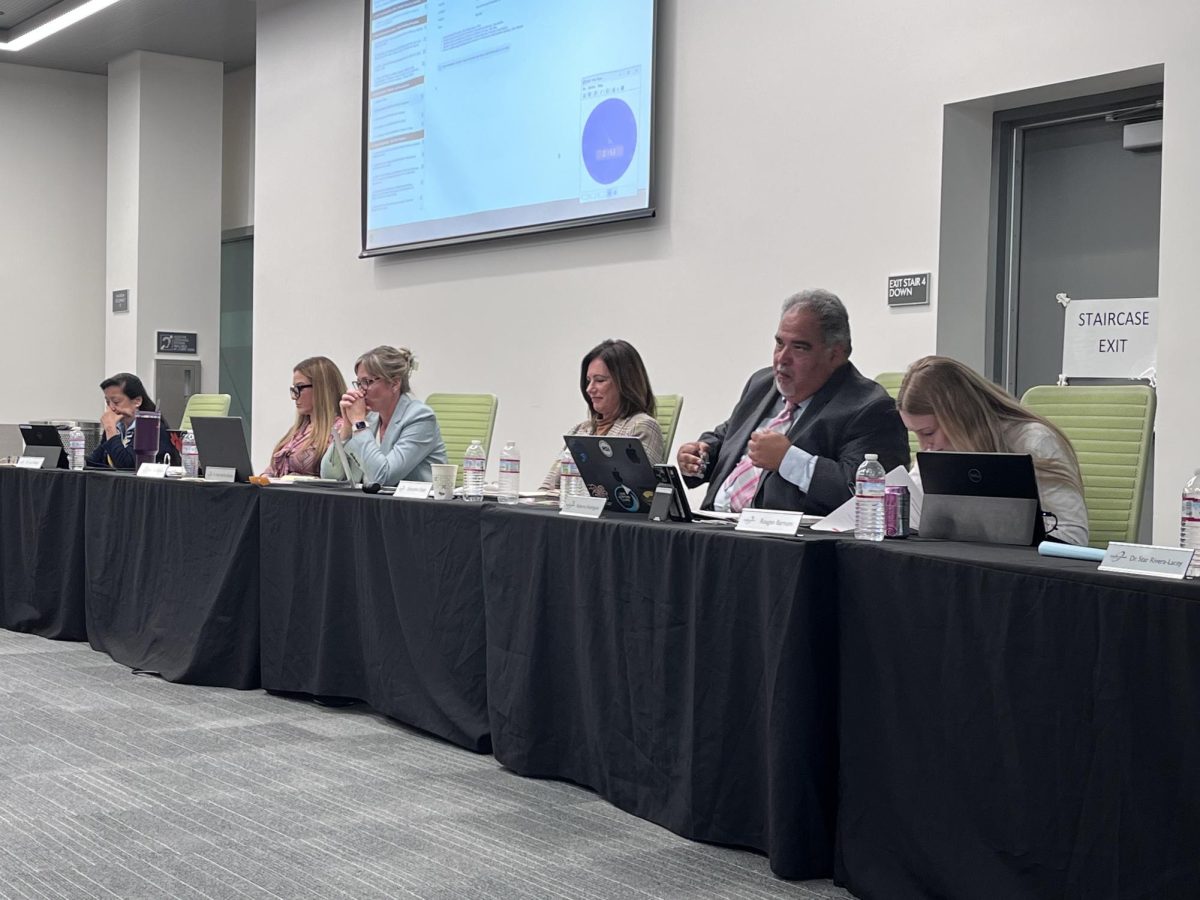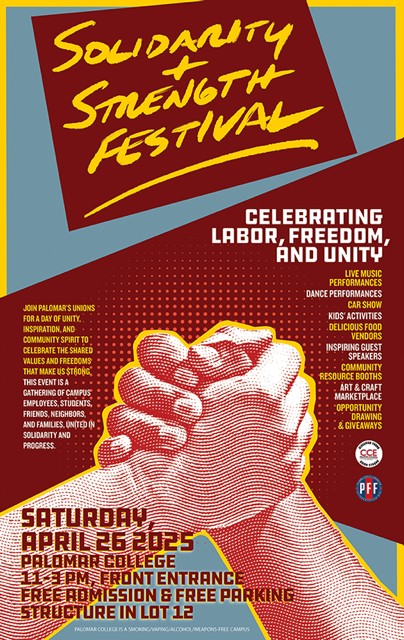
Although Palomar’s Escondido campus is nine miles away from the main campus, staff and students there said the smaller campus remains deeply connected to Palomar College’s San Marcos site and there’s no sense of isolation.
In fact, it “is kind of like a hidden gem, ” said Katy French, the head librarian at the Escondido Center. French added that the smaller classrooms and size of the campus creates a much more intimate environment.
“In the perspective of a student, you go to campus and you immediately find a parking spot. You’re in the building in less than a minute. You’re in your classroom in two minutes,” French said.
She added that the smaller classrooms and size of the campus creates a much more intimate environment compared to the ability to become more anonymous on the main campus.
Escondido Center was transformed from a commercial strip mall and had a grand reopening in Fall 2013.
The remodel added student gathering areas and provided an expansion on student services like those found on Palomar’s main campus. Students can receive services from the Teaching Learning Center, Counseling and Enrollment Services, Health Services, the Ernest J. Allen Library, a café and bookstore to name just a few.
Escondido Center Manager Tom Medel said that students are offered an array of services at the center so that they would not need to visit the main campus.
“When a student walks in through that door, they can get everything they need to get taken care of here at the Escondido center,” Medel said.
Vanessa Ruiz, an animal science major, said that the Escondido Center’s smaller size has overshadowed her experiences of the large crowds found at the main campus.
“I like it here more than the main campus,” Ruiz said. “I love it. I think the people here are nicer and they always try to help you.”
Barbara Everett, an adjunct professor in child development, said she has enjoyed her time teaching at Escondido because of its smaller family-like environment.
“If you see someone who’s struggling with something you can take them by the hand and walk them across the hall and say, ‘Here, this person can help you,’” Everett said.
She added that the support staff at the center is readily available and approachable and that the smaller campus has given students, staff and faculty the opportunity to greet one another by name.
Gary Sosa, an English as a Second Language professor, mimics Everett’s sentiments and adds that because of the central location of administrative services, it has made it easier to “walk in and talk to people.”
While the center has a mix of both adjunct and full-time faculty members, Sosa said he would like to see more full-time faculty members teach at the center. The greater availability of full-time faculty to meet with students would be beneficial for the center, but would need departmental support and a greater number of classes offered at the center, Sosa said.
“The reputation and stability to see the same faces is helpful for the center to grow,” Sosa said.
While the center offers the necessities of student services, students who attend classes at the Escondido Center notice the lack of student activities offered on the campus.
Associated Student Government President Mario Gaspar, who is currently taking classes at both the main campus and Escondido Center, said he has found that students want ASG activities held at the center but has found difficulty meeting that need with such a small board of senators.
“Currently we are trying to do a lot better job with getting involved at the Escondido Center,” Gaspar said. “What I did start trying to do with that was take some of the flyers here (on the main campus) and post them over there whenever I got a chance to do so to advertise some of our events.”


